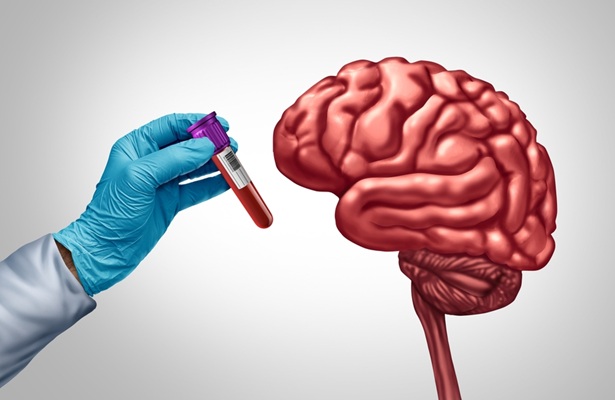New Tools Improve Imaging of Cardiac Tissue and Vessels for Earlier Disease Diagnoses
Posted on 02 Jun 2025
Imaging cardiac diseases remains a major challenge due to the structural complexity and natural fluorescence of heart tissues, which often distorts images and hinders accurate diagnoses. Traditional imaging techniques often fall short when it comes to observing small structures or fast changes in biological systems, especially within the heart. Many of them are limited by camera frame rates, data processing capacity, or poor visibility in deep tissue. Now, researchers have developed a powerful new algorithm that enhances cardiac imaging clarity, potentially allowing earlier and more precise detection of cardiovascular disease, the leading cause of death in the U.S.
Researchers at Georgia Institute of Technology (Atlanta, GA, USA), backed by the U.S. National Science Foundation (Alexandria, VA, USA), have introduced a tool that uses a technique called multiscale recursive decomposition to break down and analyze cardiovascular images more effectively. This method allows for high-resolution, multi-parameter visualization of cardiac activity — offering detailed views of heart chambers, blood vessels, and other dynamic signals without the typical limitations of current imaging tools. The new algorithm isolates and amplifies key biological signals from noisy or overlapping images, enabling real-time tracking of multiple cardiac functions simultaneously.

The tool also works with existing microscope setups, which could accelerate its adoption in both research and clinical settings. Detailed in Nature Cardiovascular Research, the algorithm has broad potential applications beyond heart imaging. It could improve live-cell imaging across other areas, such as brain research, and help scientists monitor biological processes at unprecedented detail, enhancing understanding of both disease progression and cellular behavior.
“Enhancing visualization of cardiac systems is just one application of this new tool,” said Eric Lyons, program director in the NSF Directorate for Biological Sciences. “This could also help advance live-cell imaging in other parts of the body, like the brain, and drive insights into fundamental biological processes and systems.”














